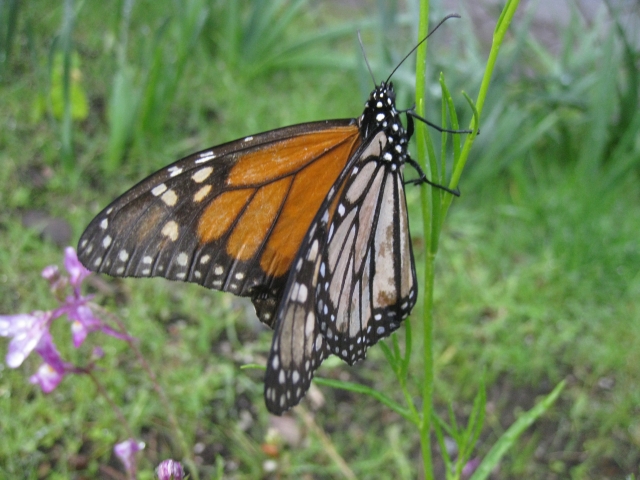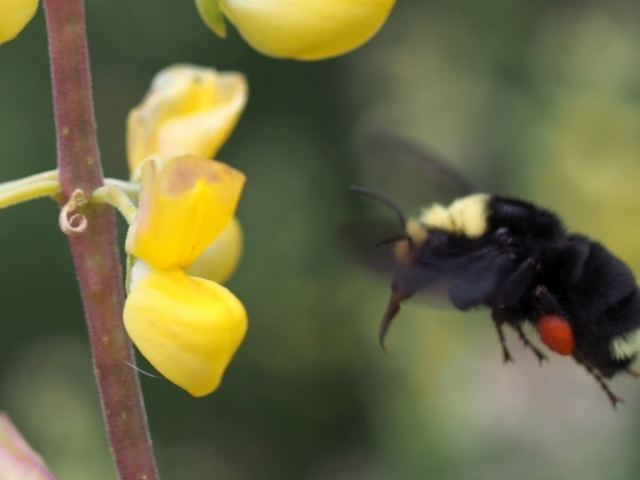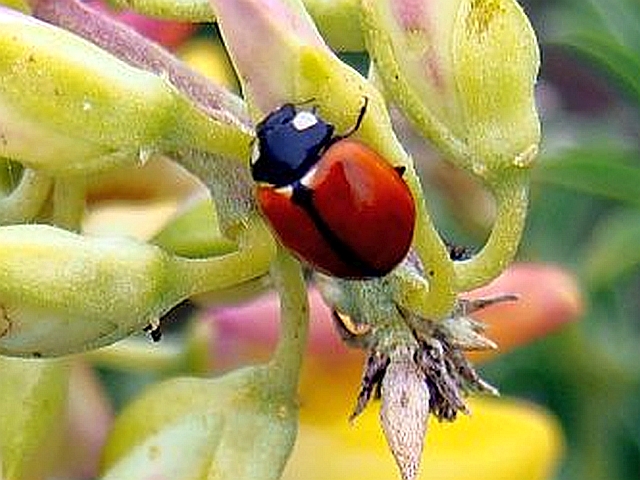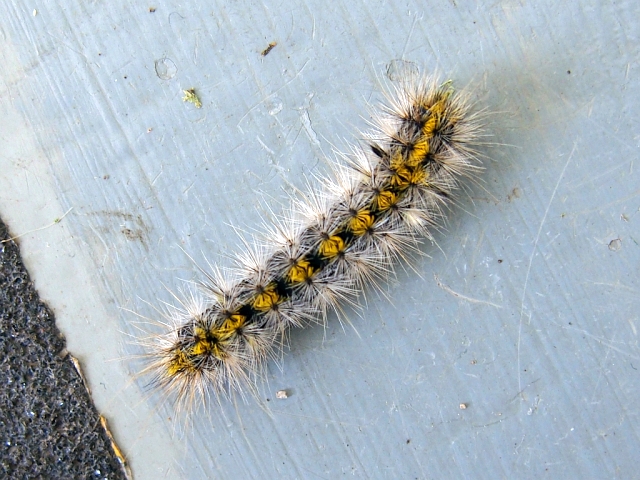Lighthouse Bugs
All links and info below from Wikipedia
As seen at the Point Pinos Lighthouse

Monarch butterfly Overwintering populations of D. p. plexippus are found in Mexico, California, along the Gulf Coast of the United States, year-round in Florida, and in Arizona where the habitat has the specific conditions necessary for their survival. On the East Coast of the United States, they have overwintered as far north as Lago Mar, Virginia Beach, Virginia. Their wintering habitat typically provides access to streams, plenty of sunlight (enabling body temperatures that allow flight), and appropriate roosting vegetation, and is relatively free of predators.

Red Admiral Butterfly In North America, the red admiral generally has two broods from March through October. Most of North America must be recolonized each spring by southern migrants, but the species overwinters in south Texas. Only occasionally seen on the lighthouse grounds.

Stink Beetle Eleodes obscura is dull, black, 23–31 mm (0.9–1.2 in) long with grooved elytra. Each front femur bears an anterior tooth near the tibia. The pronotum lacks obvious forward projections from the anterior corners. The diet of Eleodes obscura includes dead plant material, animal remains, roots, and seeds.

Bumblebee Most bumblebees are social insects that form colonies with a single queen. The colonies are smaller than those of honey bees, growing to as few as 50 individuals in a nest. Cuckoo bumblebees are brood parasitic and do not make nests or form colonies; their queens aggressively invade the nests of other bumblebee species, kill the resident queens and then lay their own eggs, which are cared for by the resident workers.

Ladybug The bright warning coloration of many coccinellids discourage potential predators, warning of their toxicity. A 2015 study of five ladybird species found that their colouration honestly signalled their toxicity, implying the warning is genuine. Species with more contrast with the background environment tended to be more toxic. They prey on agricultural pests such as aphids and scale insects.

Mountain pine beetle The outbreak may have been the largest forest insect blight seen in North America since European colonization. Monocultural replanting, and a century of forest fire suppression have contributed to the size and severity of the outbreak, and the outbreak itself may, with similar infestations, have significant effects on the capability of northern forests to remove greenhouse gases (such as CO2) from the atmosphere.
Affects the pine trees on peninsula. Nasty! If you see one of these caterpillars, kill it!

Termites are a group of eusocial insects which consume a variety of decaying plant material, generally in the form of wood, leaf litter, and soil humus. About 2,972 extant species are currently described, 2,105 of which are members of the family Termitidae. Locally we have two species, a smaller one and a larger one (will get more info as I research them). VERY important in decomposing old tree stumps. Unfortunately, as can been seen by the number of homes with termite tents set up each year, they also eat wood structures as well. Pacific Grove can be considered one of the termite capitals of the world. Nice humid climate, never freezes nor get too hot, and of course LOTS of food.

 Monarch Sanctuary
Monarch Sanctuary